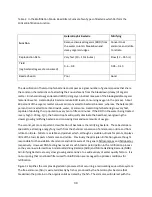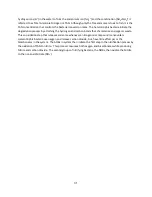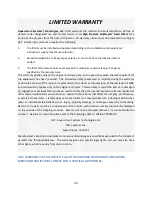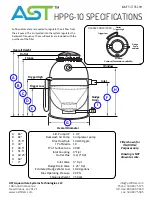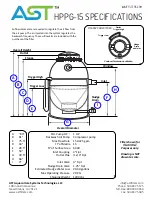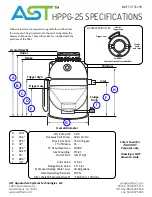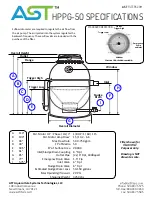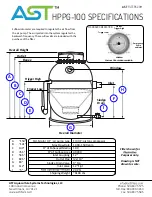
27
5
Adjust pH and alkalinity to optimum range.
Accelerates reproduction of nitrifying
bacteria.
6
Artificially increase the TAN loading prior to the increase by
dosing of ammonia chloride (NH4CI) and sodium nitrite
(NaNO2) to a level of 1 mg-N/I.
Promotes growth of the critical nitrifying
bacteria, enriching their density in the
biofilm.
Appendix A: The Science behind Bioclarification
The term “Bioclarification” was coined some years ago by Dr. Ronald F. Malone, the inventor and patent
holder of Bead Filter Technologies, to describe the ability of bead filters to perform both mechanical and
biological filtration in the same unit. The ability of bead filters to perform these tasks is described in
detail below.
Clarification
Bead filters perform well in the control of suspended solids across a broad spectrum of conditions. Bead
filters capture solids through four identifiable mechanisms (Table 1). With the exception of adsorption,
the solids capture mechanisms are physical in nature and are common to all types of granular media
filters. As a general observation, the filters seem to control fine colloidal particles best with some biofilm
development. This suggests that the biofilm absorption process is an important mechanism in the
control of fine suspended solids and thus water clarity. Studies have shown that bead filters capture
100% of particles > 50 microns and 48% or particles in the 5-10 micron range per pass (Figure 1).
Table 1. Mechanisms Contributing to the Capture of Solids in a Bead Filter
Mechanisms
Comment
Straining
Direct capture of larger particles as they pass into small openings between the beads.
Settling
Sinking of suspended solids onto the surface of the beads.
Interception
Impact of particles directly onto the surface of a bed.
Adsorption
Small particles are captured and absorbed into the sticky biofilm.


















